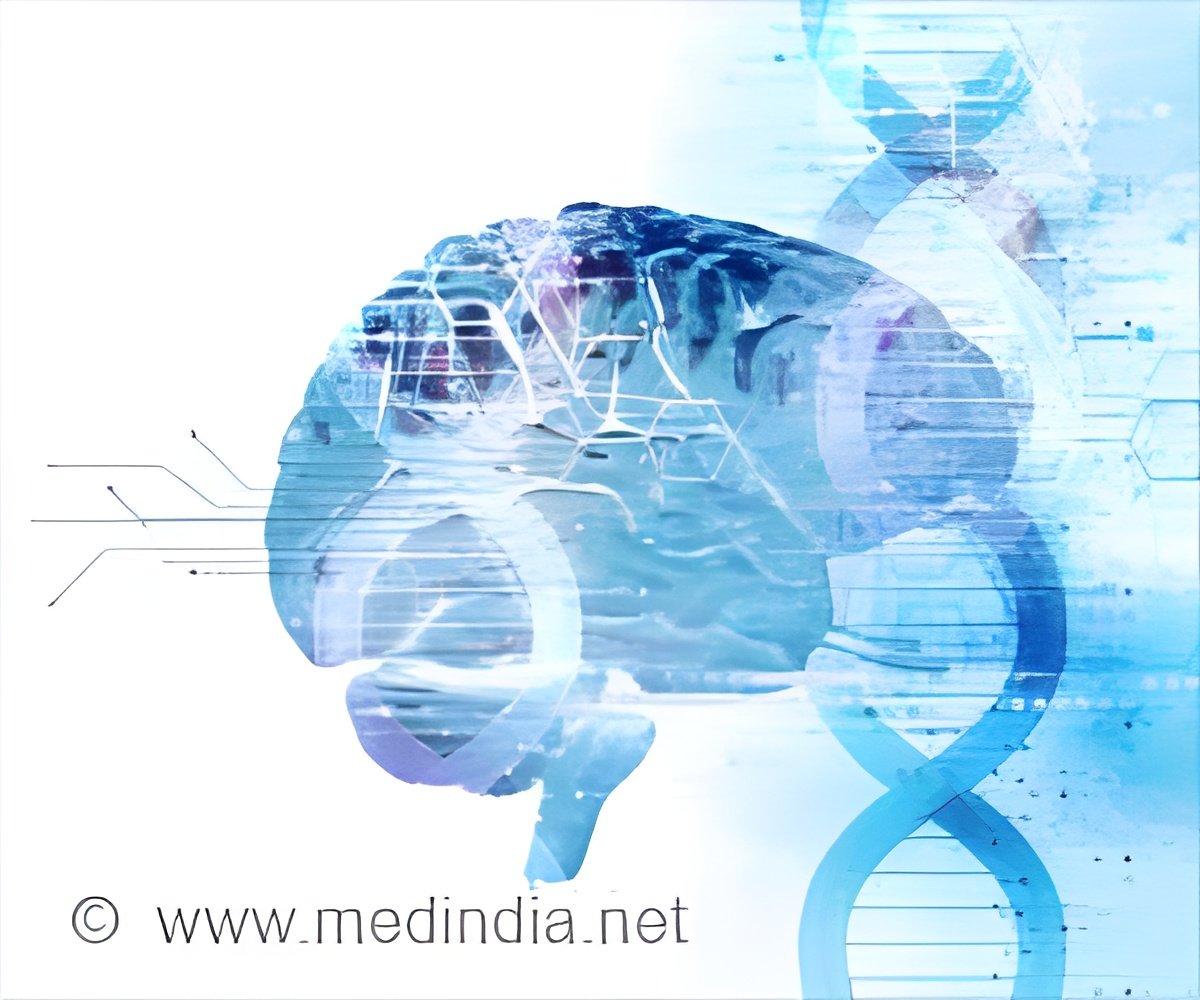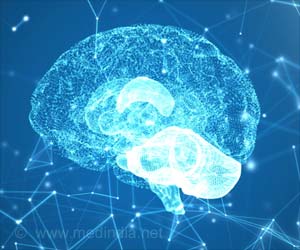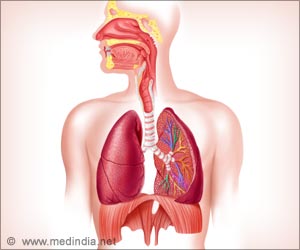
Findings from a comprehensive study suggest that Alzheimer’s disease progresses along a different trajectory than healthy brain aging, potentially allowing for personalized prevention strategies, as published in Nature ().
Advertisement
Identifying Key Signatures for Alzheimer’s Disease Progression
A new study led by an international team, including Dr. Naomi Habib and Gilad Green from the Hebrew University of Jerusalem, Dr. Philip L. De Jager and Dr. Vilas Menon from Columbia University Irving Medical Center, Dr. David Bennett from Rush Alzheimer’s Disease Center and Dr. Hyun-Sik Yang from Harvard Medical School, has uncovered crucial insights into the cellular dynamics that contribute to brain aging and the cellular events leading to the onset and progression of Alzheimer’s disease (AD).
By creating one of the biggest resources in the brain aging field, mapping over 1.65 million cells from 437 aging brains, and developing new machine learning (AI) algorithms, the research team has revealed distinct cellular paths in brain aging, providing a foundation for personalized therapeutic development targeting Alzheimer’s disease.
Advertisement
Mapping Brain Aging: A Closer Look at Brain Cells
This study took an in-depth approach to map the brain’s cellular environment, analyzing a unique dataset of 1.65 million single-nucleus RNA sequencing profiles from the prefrontal cortex of 437 older adults in the ROSMAP cohort at Rush University in Chicago, IL, USA.
With this large dataset, researchers were able to pinpoint specific glial and neuronal cell groups linked to traits related to Alzheimer’s disease (AD).
Moreover, the study zeroed in on the complex dynamics within the brain cells along the progression of aging and disease, using a new algorithm called BEYOND to model these dynamics.
This approach revealed two distinct paths of brain aging, each marked by gradual coordinated changes in distinct groups of cells, which the researchers termed “cellular communities” in the brain.
Interestingly, they showed that one of these paths leads to Alzheimer’s disease, gradually leading to dementia – featuring memory loss and cognitive decline, while the other represents a healthier, non-Alzheimer’s form of brain aging.
The researchers predict that these cellular changes, that start early – before any clinical signs of dementia – are actively determining the fate of the aging brain and the progression of the disease.
Advertisement
Important Discoveries in Alzheimer’s Disease
Alzheimer’s disease is characterized by hallmark brain pathologies, with the classical Amyloid theory of AD describing the cascade of events thought to follow the progression of the disease – starting with the accumulation of amyloid-β plaques, which then leads to the accumulation of toxic neurofilament tangles, eventually leading to substantial neuronal damage and symptoms of clinical dementia.
Glial cells, such as microglia and astrocytes, are supportive cells that are critical for the correct function of the brain and of neuronal cells, yet have only been recently suggested to take part in the cascade leading to Alzheimer’s disease.
For example, a previous article, published in Nature Neuroscience in 2023 led by the same team with Anael Cain a PhD student in the Habib lab, laid the scientific foundation for the findings on specific cellular communities and glial cells related to Alzheimer’s disease.
A key discovery from this study is the identification of specific glial cells predicted to contribute to the progression of the disease.
The current study uncovered two different subsets of microglial cells, both linked to altered lipid metabolism: one was predicted by the team to drive the buildup of amyloid-β plaques, the initial hallmark pathology of Alzheimer’s disease, while the other is predicted to drive the later buildup of neurofilament tangles.
The team also highlighted a group of astrocyte cells that influence directly cognitive decline, shedding more light on the complex interactions between different brain cells in the progression of Alzheimer’s disease, and highlighting the key role that glial cells play in the progression of the disease.
Impact on Personalized Treatment Development
“The insights from this research provide a fresh understanding of how Alzheimer’s disease develops, from the very early stages, which was not possible to measure without our large dataset and unique algorithmic approach”, said Dr. Habib, “by identifying the specific cells involved in each unique path of brain aging, Alzheimer’s and alternative aging, we paved the way to early identification of people at risk of Alzheimer’s disease and for creating targeted treatments for each form of brain aging to promote healthy aging”.
The findings lay a cellular foundation for understanding the different paths leading to Alzheimer’s. This knowledge is vital for developing personalized treatments that can act at the cellular level, potentially changing the course of the disease.
Reference:
- Cellular communities reveal trajectories of brain aging and Alzheimer’s disease
– (https://www.nature.com/articles/s41586-024-07871-6)
Source-Eurekalert



